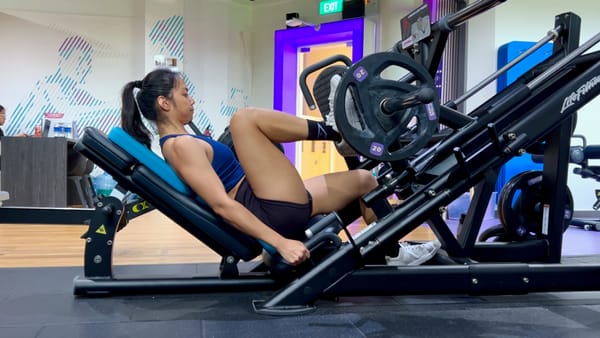V Squat vs Hack Squat: Which Squat Machine to Pick?
Learn about V squat vs hack squat in this detailed comparison. Find out which squat exercise is more suitable for your training goals.
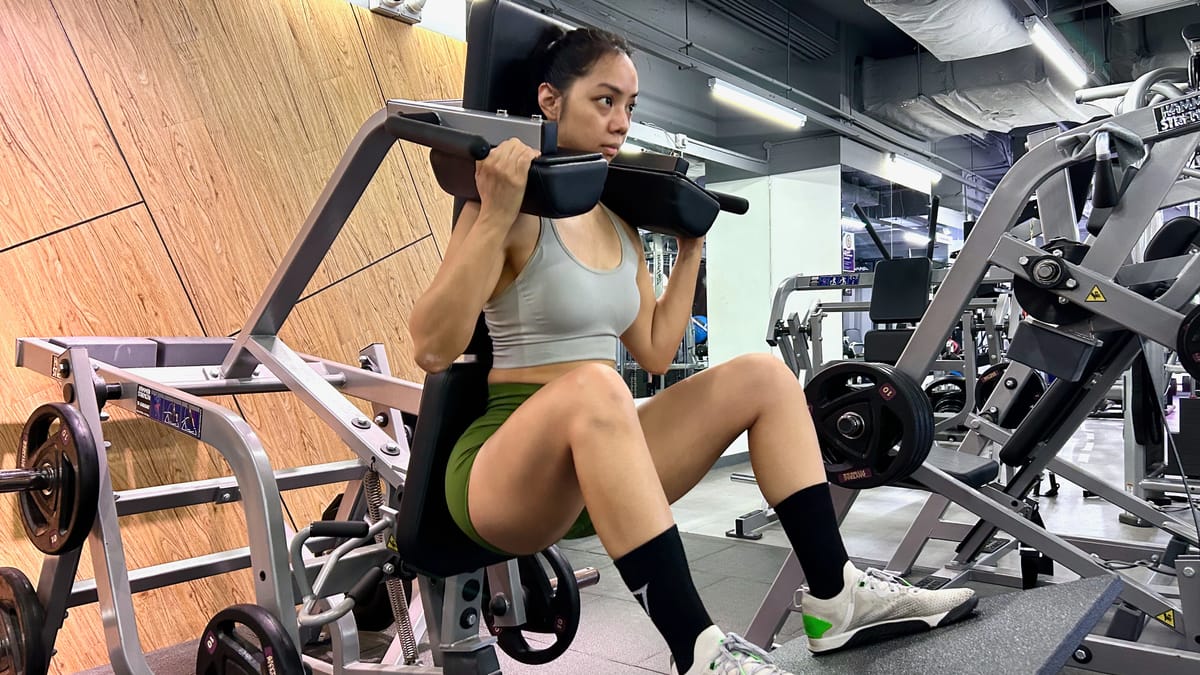
You probably know about the hack squat, but the V squat? (😏We don’t think so.)
After all, the V squat is often called the hack squat by mistake. Because, well … who knew there were so many types of squat machines?
Let’s explore this V squat vs hack squat comparison in detail. And you can decide which one’s better for you!
What's a V squat?
Here’s a V squat demo:
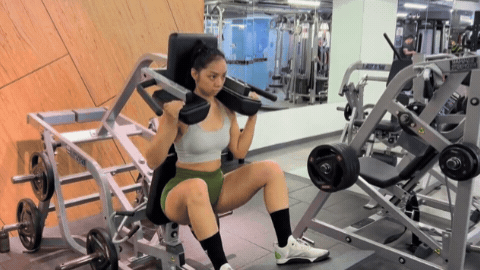
The V squat creates a forward lean as you descend during your squat.
This replicates the torso angle you get during the barbell back squat. As such, the V squat should feel more intuitive and natural than other machine-based squats.
With the V squat, there will be more emphasis on hip flexion than knee flexion.
Simply put: more backward movement of the hips, less forward movement of the knees.
What does this look like? At the bottom position of the V squat, your shins are relatively vertical (to the platform), and your knees won’t go past your toes.
Due to this movement pattern, the V squat should target your glutes relatively more than your quads.
What's a hack squat?
Here’s a hack squat demo:
The hack squat keeps your torso relatively upright throughout the squat.
This feels different from a barbell back squat because your torso angle doesn’t change.
With the hack squat, there is more emphasis on knee flexion than hip flexion.
Simply put: more forward movement of the knees, less backward movement of the hips.
What does this look like? At the bottom position of the hack squat, your knees have passed your toes and can’t move forward any further.
Thanks to this movement pattern, the hack squat should target your quads relatively more than your glutes.
V squat vs hack squat
Here’s a comparison of the V squat and hack squat in some key areas. We’ll explore these in detail below.
| Comparison | Answer |
|---|---|
| Which targets quads more? | Hack squat |
| Which targets glutes more? | V squat |
| Which has greater ROM to offer? | Hack squat |
| Which requires more mobility? | Hack squat |
| Which has a more stable setup? | Similar |
| Which feels more natural? | V squat |
V squat advantages
Follows a more natural squat movement
In the V squat, your hips are able to move backward to create a forward lean — just like what happens in a barbell back squat.
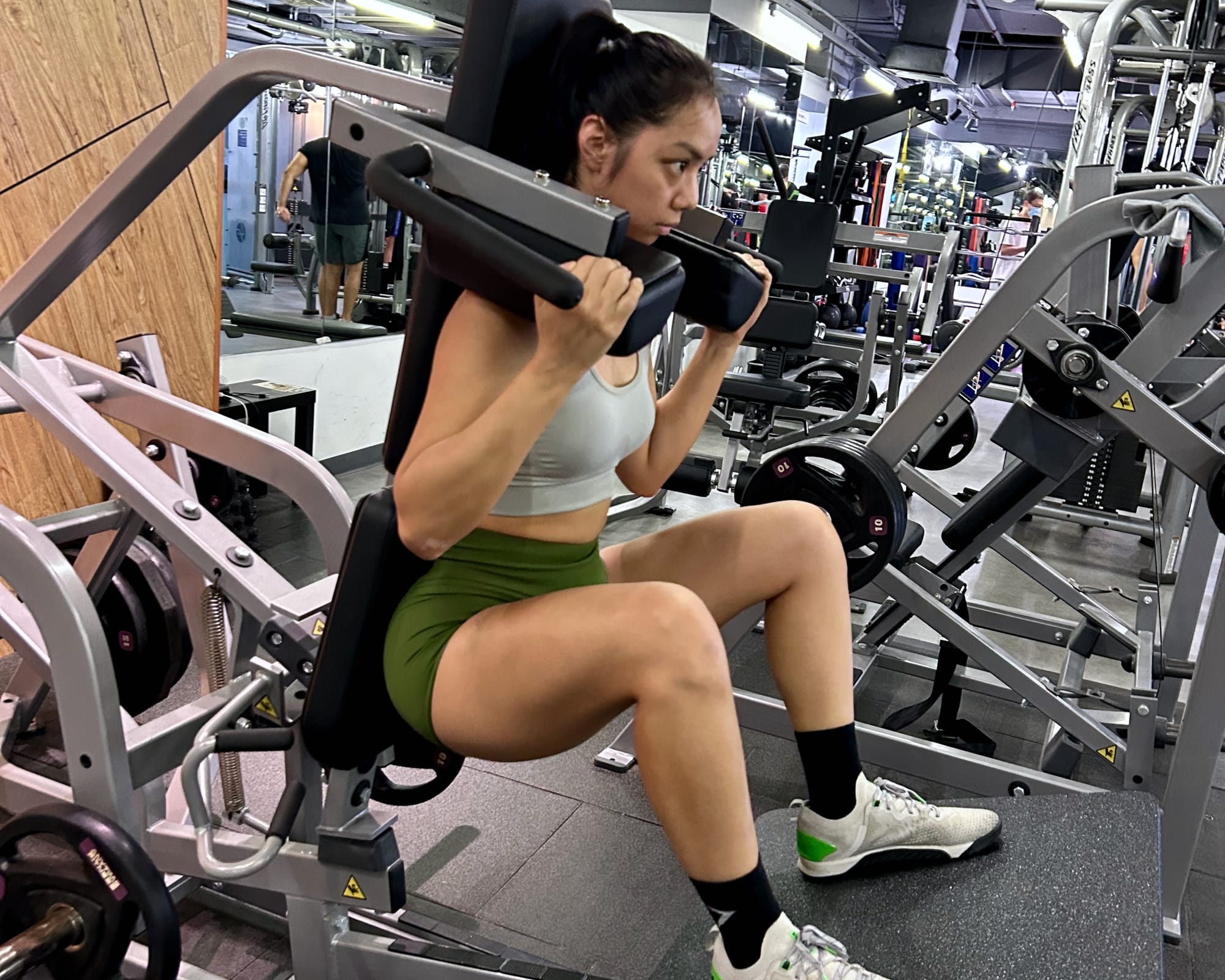
The best part of this? You don’t need to depend on the forward lean to stay balanced. This means you can focus on pushing hard every rep using a familiar movement.
For many, this is as close as you can get to replicating a back squat with a machine.
If you have limited experience with machine-based squats, you might also find the V squat pretty intuitive and easy to get used to.
Provides more focus on the glutes
Compared to other types of machine-based squats, the V squat is likely one of the better options for targeting glutes.

Once again, this is thanks to its emphasis on hip flexion.
(To be clear, all squats will involve glutes and quads no matter what. It’s just a matter of degree — how much more or less.)
Allows you to adjust feet position
Just like most machine-based squat exercises, you can modify your feet position on the V squat to suit your preferences and goals.
You have the flexibility that you can’t get with free weights since you don’t have to worry about balance on the machine.
That said, avoid extremes! You want to prioritize positions that let you squat with a strong, comfortable, and safe setup.
V squat disadvantages
Limited ROM
The V squat emphasizes hip flexion, which, unfortunately, limits the amount of knee flexion possible.
For squats with plenty of ROM (think squatting below parallel), what you need most is knee flexion — plenty of it.
The more your knees are able to travel forward, the deeper you’re able to squat.
V squats simply don’t have enough knee flexion to provide a huge ROM.
That said, this is not a major drawback since V squats can be better used to target glutes.
Hack squat advantages
Follows a straight up-down squat movement
The hack squat is a simple movement. You move up and down in a straight line.
Your torso is maintained upright and at the same angle throughout the rep.
Offers a huge ROM
Possibly the best part of the hack squat? The crazy amount of ROM you can get.
This is possible due to the generous amount of knee flexion that you can achieve on the hack squat.
And this, in turn, can be attributed to the hack squat:
- Maintaining an upright torso
- Having a well-supported and stable setup
Provides more focus on quads
When compared to other types of machine-based squats, the hack squat is potentially one of the best options for targeting your quads.
The generous amount of knee flexion you can achieve with the hack squat is the reason.
Allows you to adjust feet position
Just like the V squat, you have some flexibility with the feet position you use on the hack squat.
Since you’re locked into a fixed path by the machine, you won’t have to worry about balance.
As such, making tweaks to your stance to suit your preferences and goals is an option.
The same advice applies here: prioritize a feet position that allows you to squat comfortably, efficiently, and safely.
Don't have access to the hack squat? Try these alternatives:
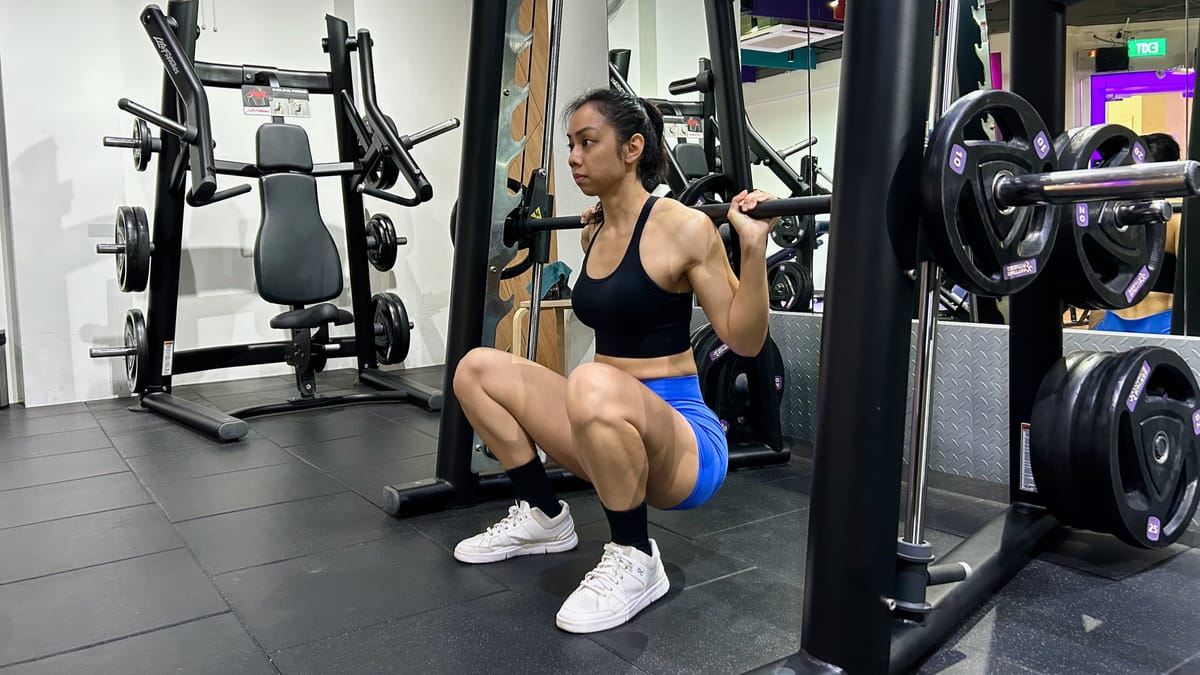
Hack squat disadvantages
Need sufficient hip and ankle mobility
To enjoy the full ROM that the hack squat has to offer, you will need to have good hip and ankle mobility.
To maximize your squat depth, you need:
- Enough hip external rotation to prevent knees from caving inwards
- Enough ankle dorsiflexion for the knees to travel forward
Thankfully, these are simple enough to work on. (It takes time, though!)
To work on your hip mobility:
To improve your ankle mobility:
V squat and hack squat similarities
Now that we know how both types of squats are different, let’s talk about how they’re similar.
Don’t involve stabilizers as much as the barbell squat
Since both the V squat and hack squat are machine-based options, they’re going to work your stabilizers less hard than barbell squats.
You’re not training stabilizers, isn’t that bad? Sure, you’re not. But what if that’s the whole point?
If your goal is hypertrophy, your priority is on overloading the squat. Not letting your stabilizers be the limiting factor allows you to push harder and get closer to failure during training.
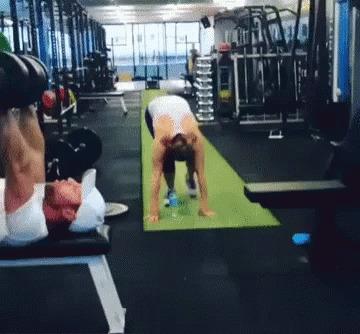
That said, don’t take things to the extreme and skip out on free-weight squats entirely. Be smart!
To be clear, stabilizers refer to all the different muscles that support the primary movers (quads and glutes) during a squat. They’re not a specific muscle group.
Examples of stabilizers during a squat: rectus abdominis, external obliques, erector spinae
Similar resistance profiles
Both V squats and hack squats share a similar resistance profile (aka strength curve).
With both squats, it’s hardest at the bottom position and easiest at the top position.
Don’t all squats have the same resistance profile? Nope, it all depends on the movement and machine design.
The pendulum squat, for instance, is the opposite — it’s hardest at the top position, easiest at the bottom position.
Both machines can be used in a reverse setup
Here’s the fun part: both V squat and hack squat can be done in reverse!
Seriously, we’re not kidding — you walk into the machine face-first.
Looks a little silly (and smells really nasty if you don’t use a towel), but both the reverse hack squat and reverse V squat work.
How to do the reverse hack squat:
How to do the reverse V squat:
Just know that going in reverse changes the amount of knee and hip flexion (and, in turn, ROM) for both squats.
Plus, you’re giving up the back support that the machine provides.
Judge for yourself to decide which is the right fit!
Both machines can be used for good morning
Since we’re talking about using the machines in reverse, we should also mention the good morning 🌞.
The V squat good morning and the hack squat good morning are great exercises to try if you want to target your hamstrings and glutes.
Compared to the barbell good morning, these machine-based options are far less intimidating and easier to get a hang of.
And with the machine good mornings, you don’t have to worry so much about failing.
Demo of the V squat good morning:
Demo of the hack squat good morning:
Practical tips for V squat and hack squat
Different machines behave differently
Don’t assume that all V squat or hack squat machines are built the same.
The angles, distance, and setup can all differ depending on the machine brand.
If you’re trying a new machine for the first time, play around to get a good feel of it. Adjust your form and technique if necessary before loading it up.
Don't worry if you only have one of them
TBH, many gyms will typically only have the V squat or hack squat — not both.
And even if your gym has just one, you should still consider yourself lucky.
Some gyms don’t even bother carrying them. (Probably thought all we wanted was the 45-degree leg press. 🥲)





